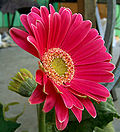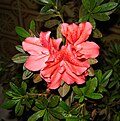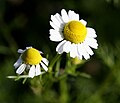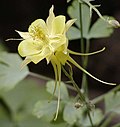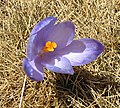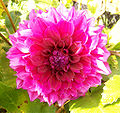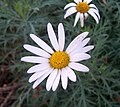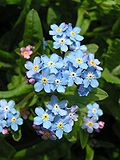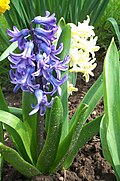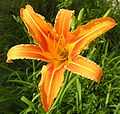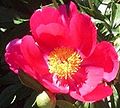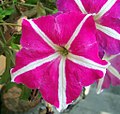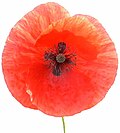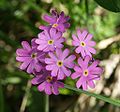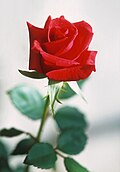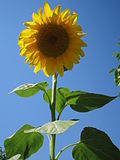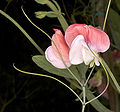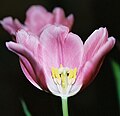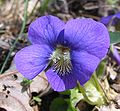Difference between revisions of "AY Honors/Flowers/Answer Key"
From Pathfinder Wiki
| Line 68: | Line 68: | ||
==4. Describe the life history of a particular flower, including the part played by insects or wind in pollination.== | ==4. Describe the life history of a particular flower, including the part played by insects or wind in pollination.== | ||
| + | *A seed needs warmth is on light and water to grow roots. | ||
| + | *The flower sprouts up and down at the same time. | ||
| + | *The flowers grow more leaves. | ||
| + | *Bees and other insects pollinate the flowers. | ||
| + | *The flowers form seeds. | ||
| + | *The seeds are dispersed and take root. | ||
| + | *The cycle repeats. | ||
==5. Name at least two plants that are poisonous to touch, and state which, if any, are found in your locality.== | ==5. Name at least two plants that are poisonous to touch, and state which, if any, are found in your locality.== | ||
Revision as of 02:34, 30 October 2006
1. Draw or photograph 35 kinds of wild flowers and identify them correctly.
- Clematis jackmanii 2.jpg
Clematis
2. Draw and properly label, or point out the actual parts of a flower: pistil, stamen, petal, sepal.
http://www.prairiefrontier.com/pages/families/flwrparts.jpg
3. Name six flower families and their distinguishing characteristics. Name at least two flowers in each family.
- Rosaceae
- - Rose Family
- Lily
- monocots and bulbs - usually rather long slender leaves - flowers often showy-parts in threes and sixes- ovary superior.
- Iris
- showy flowersand brightly colored sepals and somewhat fuzzy showy petals-underground rhizome tough and fiberous- leaves somewhat stiff long narrow ovary interior.
4. Describe the life history of a particular flower, including the part played by insects or wind in pollination.
- A seed needs warmth is on light and water to grow roots.
- The flower sprouts up and down at the same time.
- The flowers grow more leaves.
- Bees and other insects pollinate the flowers.
- The flowers form seeds.
- The seeds are dispersed and take root.
- The cycle repeats.
5. Name at least two plants that are poisonous to touch, and state which, if any, are found in your locality.
6. Do three of the following:
a. Arrange, draw or photograph a series of at least six flowers showing in order the colors of the rainbow: red, orange, yellow, green, blue, violet.
b. Submit fresh, pressed or dried flowers which have: five petals, four petals, three petals, no petals.
c. Distinguish and name two out of five wild or cultivated flowers by their odor, while blindfolded.
d. List flowers that you have observed being visited for food by the following:
- 1. Birds:
- 2. Honeybees:
- 3. Bumblebees:
- 4. Butterflies:
- 5. Moths:
e. Watch a flower for at least ten minutes in the sunshine, and at least ten minutes after dusk, and report on insect visitors. State the number and kind of visitors and name of flower.
